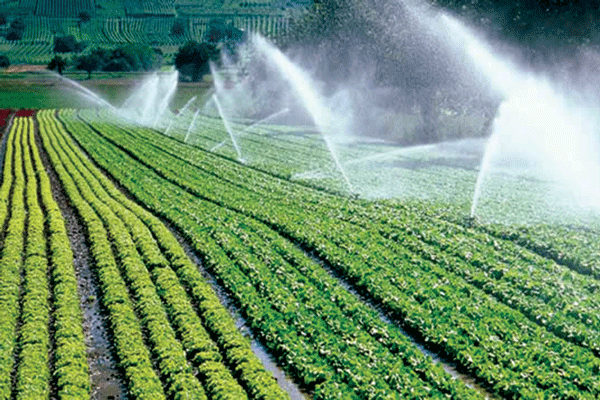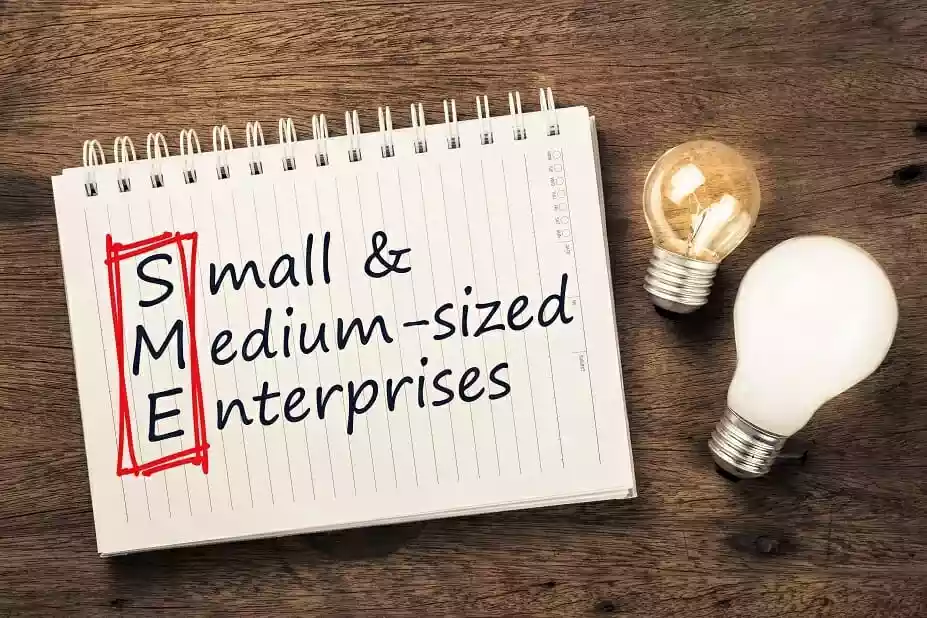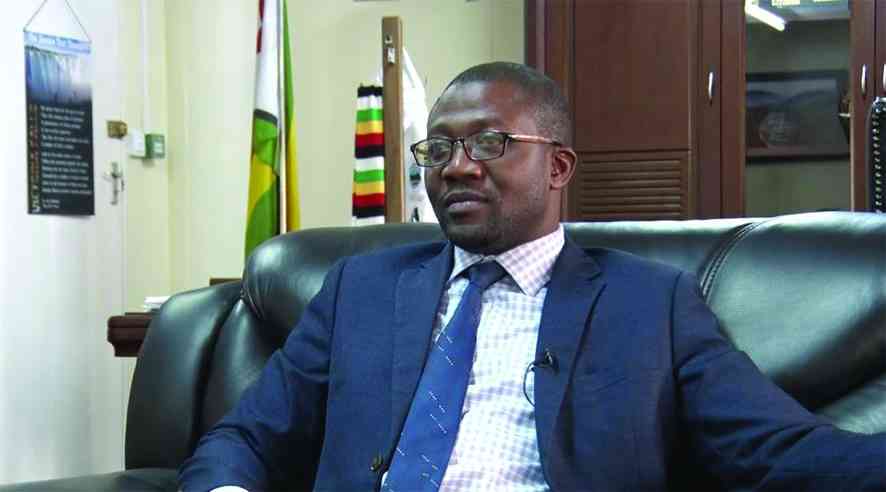
BY MTHANDAZO NYONI
FARMERS have painted a gloomy picture for the upcoming 2019/20 agricultural season due to the high cost of inputs and electricity shortages, among other challenges, raising fears of yet another crippling drought next year.
Farmers who spoke to NewsDay said the season looks bleak, adding if no measures were put in place, the country could plunge into yet another disastrous season.
“Zimbabweans are used to summer cropping and as such, farmers are always geared for the summer cropping season. They will start buying one or two bags of maize seed or fertiliser in preparation for the season. However, over the years, this has become a difficult thing to do for farmers because of the high cost of inputs,” Zimbabwe Commercial Farmers’ Union director Jeremiah Tevera said.
“At the moment, preparations are curtailed because of the high cost of inputs. Farmers are also not happy with what they get in return on maize and tobacco farming. Prices of these two commodities are now too low,” he said.
In Bulawayo, a 50-kilogramme bag of compound D fertilizer as well as ammonium nitrate fertiliser were hovering between $330 and $350, respectively while a 10kg packet of maize seed was selling at around $260.
Tevera said farmers were struggling to access funding from banks due to the prohibitive interest rates.
“Also, financial services are no-go-areas for farmers as money is very expensive. As such, farmers will not take risks as they fear that their property may be confiscated. We appeal to government to intervene. I’m seeing no rosy picture for the farmers for this coming season unless something happens quickly,” he said.
- Chamisa under fire over US$120K donation
- Mavhunga puts DeMbare into Chibuku quarterfinals
- Pension funds bet on Cabora Bassa oilfields
- Councils defy govt fire tender directive
Keep Reading
According to the zim farmers, farmers need about US$1,8 billion to finance a normal agricultural season.
But Finance minister Mthuli Ncube, in his supplementary budget presented on August 1, allocated $3,6 billion (about US$314 million) to the agriculture sector, of which $2,8 billion is reserved for Command Agriculture, $780 million for the Presidential Input Support Scheme and $120 million for the Agriculture Input Guarantee Scheme.
The Command Agriculture programme is expected to result in 210 000 hectares being put under maize and 30 000 hectares under soyabeans during the 2019/20 summer cropping season.
Government has always subsidised agriculture, yet the country still remains stuck in hunger.
The United Nations has launched a US$331,5 million appeal to help feed 5,5 million Zimbabweans facing starvation until March next year, despite that government spent US$3 billion on Command Agriculture last season.
Farmers under the Commercial Farmers’ Union (CFU) said they were facing viability challenges. For instance, they said 80% of their inputs were directly related to a US$ costing.
“Interest rates are up and the outlay of capital to grow a hectare of any crop today is huge. If they talk of importing hundreds of thousands of tonnes of maize at over US$300 per tonne, then why not pay that to your own people so we can invest in more hectarages for next year and not rely on importing maize? The biggest question to be answered is why a country like Zimbabwe should import maize and soyabeans?” one farmer questioned.
Farmers said the power utility Zesa was disturbing early planted high yielding maize from flourishing due to excessive power cuts.
“We are having challenges with getting bulk fuel deliveries for land preparation. The announcement of wheat prices would also help a lot as farmers begin planning. Zesa is a serious concern. Growing crops using diesel will not be viable,” another farmer said.
Farmers said it was impossible to make plans with regards to irrigation due to the random power cuts.
“(There is need to have) access to finance at reasonable interest rates, both short and medium-term finance. Until security of tenure is resolved, long-term financing will be for a brave few. Producing crops for various companies at our own cost (no inputs whatsoever) and then not being paid as ‘there is no money’ is very frustrating and costly,” another farmer said.
CFU president, Ben Purcell Gilpin, said as regards rentals to settlers, many commercial farmers access land through joint ventures where, in fact, the partner takes no risk, but expects up to 10% of crop receipts for access to land allocated them by the State.
“In turn, they pay very little to the State. It would be good for genuine farmers to access land directly and those that cannot use it to relinquish it,” he said.
As a way forward, farmers called for a fair and organised marketing system. Tevera urged drought-prone areas, particularly natural regions III, IV and V that are characterised by high temperatures and erratic rains, to grow small grain crops.
Efforts to get a comment from Lands, Agriculture, Water, Climate and Rural Resettlement minister Perrance Shiri were fruitless as he did not answer his mobile phone.
Inputs suppliers, however, said they were well-prepared.
Recently, Seed CO Limited CEO Morgan Nzwere told StandardBusiness that “we have got adequate stocks in the warehouse and are ready to sell”.
Zimbabwe expects to receive normal rainfall over the three-month period to December and normal to below normal rainfall between January and March next year, according to the 23rd Southern African Regional Climate Forum.











